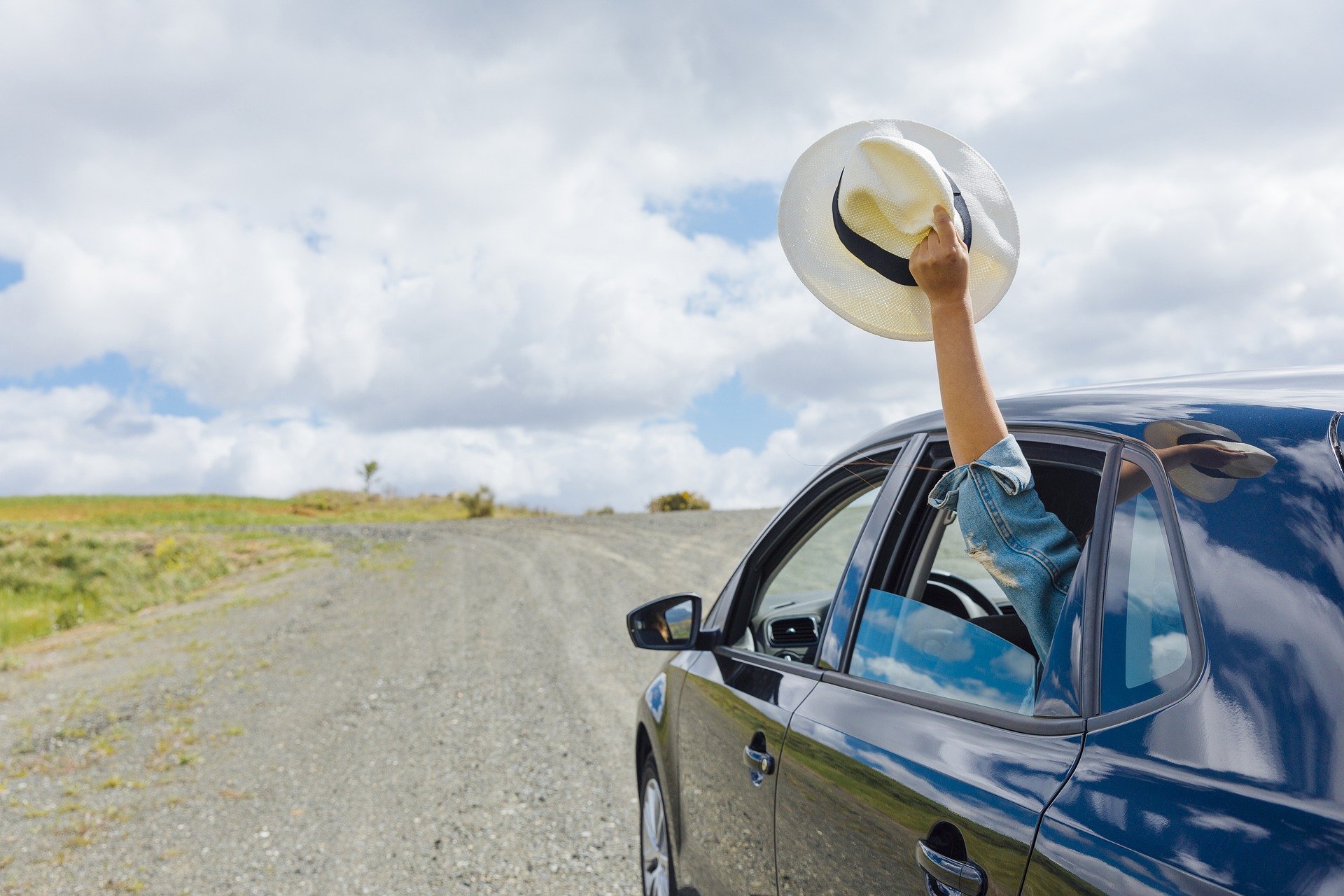When can you claim a tax deduction for usage of your motor vehicle? And what can you claim? Well, here is a brief overview of claiming a tax deduction for usage of your motor vehicle for work or business.
What is work-related car use?
Firstly, it is important to be aware of what the tax law regards as work-related car travel. If you are travelling between two workplaces (e.g., a doctor driving from one hospital to another hospital; or from a private practice to an aged care facility) this would be regarded as work-related. Also, if you were travelling to a work-related conference or seminar, or to visit your accountant or tax agent, this would be claimable work travel.
Generally, you cannot claim for your daily commute, that is, travelling from your home to normal workplace and back each day. Although there are exceptions to this, for example, if you are required to carry heavy (as a guide 18kg or more), bulky (cannot be carried in your hands to the car in one trip), or sensitive (a psychiatrist’s patient files, or a dentist’s dental moulds) work-related items from their storage place at your home to your work place each day, and it is not practical or safe to store them at the workplace. As an example, this may be a large metal toolbox that a tradesperson carries on the back of their ute. Or a doctor that is required to carry a number of items (e.g. doctor’s bag plus laptop bag plus a few reference textbooks) that combined would be regarded as bulky.
How to track work-related car use? What can you deduct?
Broadly there are two ways to track your work-related car use and claim a deduction for it.
The first method is to estimate how many kilometres you have driven for work-related purposes over the financial year. You do not need to keep any other records. You just need to be able to reasonably explain how you estimated the number of kilometres. You can only claim a maximum of 5,000 kilometres per financial year using this method. As of writing, you could claim a tax deduction of 72 cents for each work-related kilometre travelled.
The other method is known as the ‘logbook method’. In summary this requires that you keep a logbook for 12-weeks where you write down all your car trips and note them as either private or work-related. At the end of the 12-weeks you divide all the work-related kilometres by total kilometres the car has driven, and this gives you a percentage. You then can claim that percentage of your car costs – including depreciation, fuel, servicing, repairs, registration, and insurance. After the 12-weeks is completed, you can rely on that logbook for the next 5 years, that is, you do not need to keep going with the logbook after 12 weeks. Only if the way you use your car changes significantly do you need to re-do the logbook before the 5 years is up.
For the logbook method, the logbook must be in an approved format. Often you can buy paper logbooks from newsagents, and there are several free and paid smartphone apps that you can also use.
Other points to note
If you are running a business and employing persons (including the directors of companies and working beneficiaries of trust), and provide the employees with a motor vehicle, you would just claim 100% of all motor vehicle expenses even where there is private use or no logbook. But you would also likely need to pay Fringe Benefits Tax on this car use, or alternatively have the employees reimburse the business for private use of the car, which can be calculated using a logbook as discussed above, or via a statutory formula. In these circumstances you should discuss further with your accountant as the rules can become complex.
Looking for a logbook?
Here are some electronic logbooks for your smartphone. Some of them are free and some even use GPS to help work out the kilometres travelled for each trip:
- The official ATO app has a built-in logbook.
- Toyota has a free app called DriverDirect.
- The Driversnote app has free and paid options.





